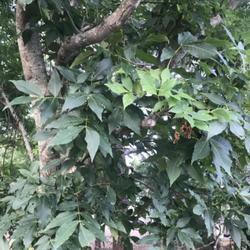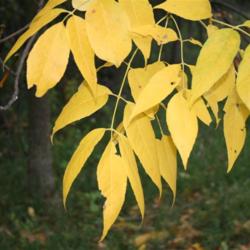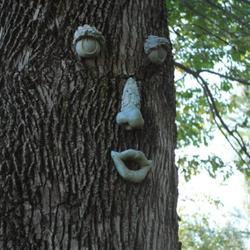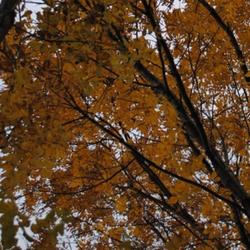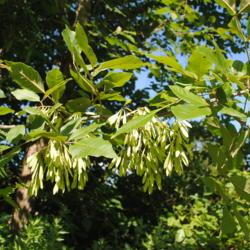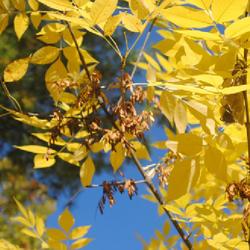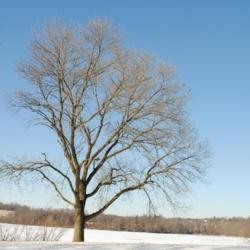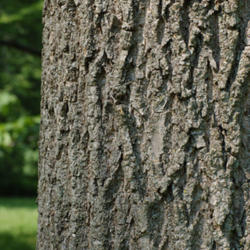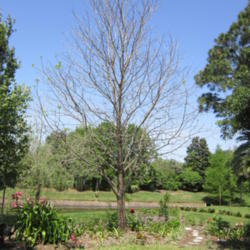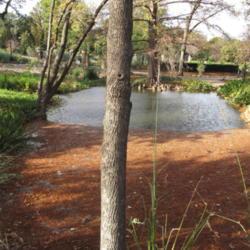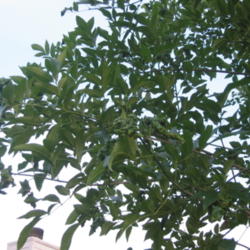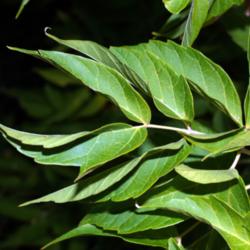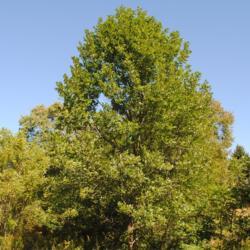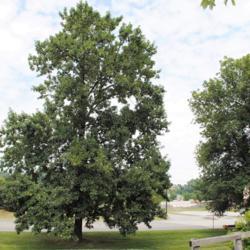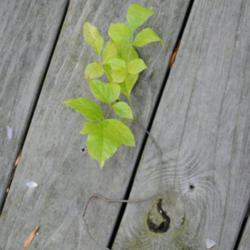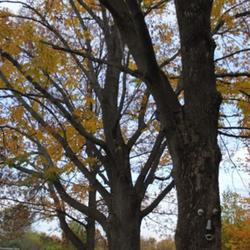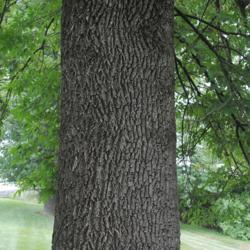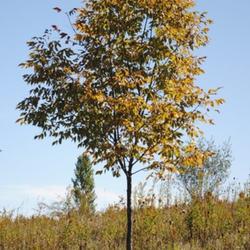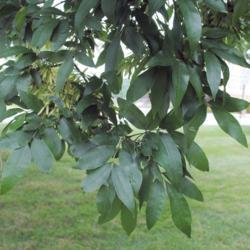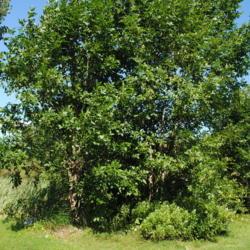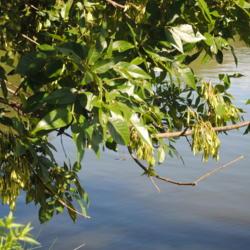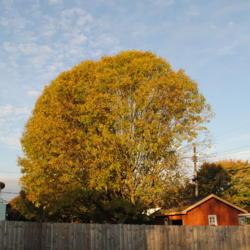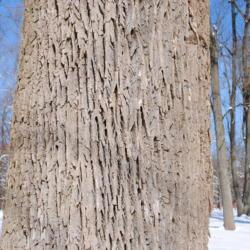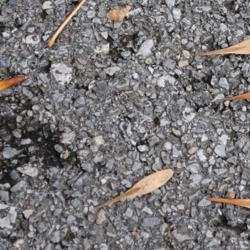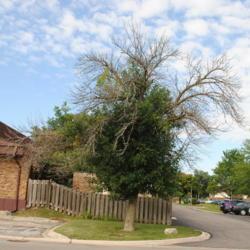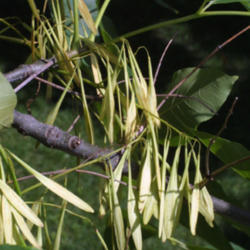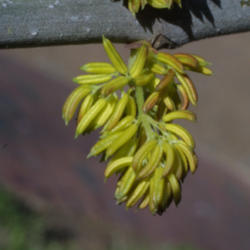Posted by
ILPARW (southeast Pennsylvania - Zone 6b) on Dec 16, 2017 4:15 PM concerning plant:
The Green Ash (Fraxinus pennsylvanica lanceolata) and the Red Ash (Fraxinus pennsylvanica pennsylvanica) are now really recognized as the same one species, though the latter variety has very fuzzy hairy twigs and some hair under the leaves. (My old tree books show the Red Ash and the Green Ash as being separate varieties). This species is abundantly common all over the place in dry-mesic uplands, and bottomlands & swamps, and along climax forest edges, and making up a big part of pioneer forests with Boxelder, Black Walnut, Cottonwoods, etc. in a large native range from Nova Scotia down to northern Florida to east Texas up the Great Plains into eastern Montana and southern Saskatchewan & Manitoba. The leaves of this compound species get 6 to 9 inches long with 5 to 9 short-stalked leaflets,(usually 5 to 7) that are 3 to 4 inches long x 1 to 1.5 inches wide and that develop bright yellow autumn color. The bark is brown and furrowed with diamond-shaped ridges appearing when older. Seedless male cultivars of this species have been planted more than any other shade and street tree since the 1970's because it is fast growing, about 2 to 2.5 feet/year and is very adaptable to many soils, even heavy clay compacted ones from modern development construction. Unfortunately, the Emerald Ash Borer from China got loose in Michigan around 2000 AD and has been killing off the great majority of Green Ash more than any other ash in the Midwest and expanding out from there. There are a few lingering trees left in the devastated areas. There is work being done to collect those specimens that are showing some descent resistance, probably no more than 1 in a thousand, and breeding them to bring forth resistant trees. The several popular cultivars don't have any resistance, and the hope is in the genetic diversity of wild trees. The borer devastated Green Ash in my native northeast Illinois starting about 2013 and in 2019 for southeast Pennsylvania. I have found a few isolated trees surviving in southeast PA in 2023, but I think it is from isolation with landscape trees rather than resistance, and maybe the few wild trees might have some resistance. Most of such trees are still smaller, young trees. I also am finding saplings and very young trees still coming forth, as wild trees often produce a lot of seeds.


